



"The futurists, the cubists, the Vorticists, and others accepted the mechanical as an art form. Today, Pop art, derived from the old environment of advertising technology, appears as an art form."
Marshall McLuhan,
New Media and the Arts, Arts in Society Magazine, Volume 3, No.2, p.239, September, 1964.


http://dl.lib.brown.edu/pdfs/1143209523824858.pdf
LEWIS
Percy Wyndham Lewis was the prime mover behind the Vorticist movement. He had previously organised the Rebel Art Centre in Great Ormond Street and had also been agitating constantly for an indigenous art style. He saw that the continent was gaining ground with Futurism and Cubism, and Britain was being left behind.
He was born on his parents' yacht off Newfoundland in 1882. He attended the Slade School of Art 1898-1901. After this he went to Paris, to paint alongside friend and Slade veteran, Augustus John. Joined Action Francais (a proto-fascist group). When in Paris, he probably saw Picasso's early 'primitive' works (Les Mesdames d'Avignon of 1909 etc).
After his European travels, he stayed in England from around 1910, and started building the network of friends and allies that allowed him to launch the Vorticist art movement in June 1914. The movement's manifesto and guiding principles were enshrined in the periodical BLAST, which ran to two editions, one in each year, 1914 and 1915. He published and edited both. He also wrote the majority of the content.
After a period of illness in late 1914-early 1915, he joined the Royal Artillery as a Bombardier. He neither endeavoured to gain an officership or join the war artists. He wanted to be associated with the biggest and most dramatic machines of war at that time: the big guns. Later he was transferred to the War Artists battalion and was made up to officer, after being constantly pushed to do so by his art allies. (Hearing of the death of hist great friend Hulme at a nearby battery was probably the factor that made his mind up). In this group he met again his old friend Augustus John.
After the war, Lewis the soldier and artist returned to a different Britain: after the war, and social revolution in Russia and other states, it lacked the stomach for belligerent art manifestos and rebel art movements. He moved to literature as a creative outlet, whilst painting portraits to pay the rent (though he had to move due to non payment at leastonce).
After a period of depression and public disapproval of his apparent support of Hitler he moved to Canada. He returned to metaphysical art works in the 1930's, while his health started to decline.
After the Second Workd War, he returned to London. His declining health took its toll; he began go go blind. He busied himself painting, drawing, writing and the occassional appearance on radio. Ever the revolutionary, he tried to halt the building of the North Circular, in whose path he dwelt. He was the last person to vacate his block of flats before demolition. Sadly, his removal was on a stretcher, due to bad health. He went to hospital, where he died in 1957.
Lewis is our most important Modernist of the first half of the 20th Century. His greatest achievements include his art output, his writing, and his organisation of the first truly British modern art movement.

‘SOME BLEAK CIRCUS, UNCOVERED, CAREFULLY CHOSEN, VIVID NIGHT. IT IS PACKED WITH POSTERITY, SILENT
AND UNEXPECTED POSTERITY IS SILENT, LIKE THE DEAD, AND MORE PATHETIC’
Wyndham Lewis, Enemy of the Stars (1914)
‘Contradict yourself. In order to live, you must remain broken up.’
Wyndham Lewis, The Code of a Herdsman



Vorticist faq
* what is Vorticism?
* Who were the original Vorticists?
* how long did it all last?
* what did they do?
* what was their style?
* weren't they all just misfits?
* did Lewis use the media?
* why did they call themselves Vorticists?
What is Vorticism?
Vorticism is the name of an art movement founded by Percy Wyndham Lewis. The group was formed in June 1914. The label was created by Ezra Pound, a collaborator. The terms 'Vorticism' and 'Vorticist' do not appear in Blast 1 because this was printed before such terms were formulated. However, the word 'Vortex' does appear.
Vorticism grew as a British reaction to rival continental art movements. In France, Cubism had held sway for some years. The Italians had answered this with their mult-medial project, Futurism. There is little doubt that Vorticism borrowed heavily from the Futurists in the way they printed manifestos, prints and definitions.
The British Vorticist art movement can be contrasted with these foreign movements, and the differences reveal the areas which make the Vorticist quite distinct. The Futurist was concerned with movement and new machinery - the romance of new technology. The Vorticist was concerned with stasis, and disregarded technology, old and new. The Cubist was concerned with apples, guitars and life in the cafe. The Vorticist was not afraid of looking outside the cafe and observing the architecture which surrounded the cafe.
Also, there was a hint of aggression, or conflict in most Vorticist works that is entirely missing in French work. Vorticist works are characterised by the unease created by a disrupted perspective. it is as though there is such thing as life seen through a 'vorticist lens'. This lens distorts the neat lines, and sends them in different directions, none in parallel. Latent power, sinister, potentially explosive forces seem to reverberate through Vorticist works. Meanwhile the Futurists were excited by the actual explosion.
Who were the original Vorticists?
The following personnel (in no particular order) were Vorticist:
Pictorial Artists
* Wyndham Lewis
* David Bomberg*
* Jessica Dismorr
* CRW Nevinson*
* Frederick Etchells
* William Roberts*
* Helen Saunders
* Dorothy Shakespeare
* Edward Wadsworth
* Cuthbert Hamilton
* Richard Aldington
* Arbuthnot
* Lawrence Atkinson
Writers/Poets
* TE Hulme
* Ezra Pound
* TS Eliot
Sculptors
* Henri Gaudier-Brzeska
* Jacob Epstein
Those marked with an asterisk (*) were later to leave the Vorticist ranks, or claim that they never were Vorticist in the first place.
How long did it all last?
Vorticism had started around May/June 1914. The Vorticist label was coined halfway through the production process of Blast 1. This explains why the term is used so rarely in the groups' main manifesto.
The first world war started in August 1914. Therefore it existed for only three months of peacetime. There were two main exhibitions (in the Puffin Gallery, New York) and Lewis published a further issue of BLAST ('The War Number') in 1915.
War killed the Vorticists, not rival art gangs. It's key sculptor Gaudier-Brzeska was killed at Verdun in 1915; others had joined up: painting was not an accepted wartime priority. Edward Wadsworth was designing dazzle-paint camouflage for battleships; Hulme was killed on the front in 1917. Nevinson became a Futurist. Lewis was first a Bombardier then an official War Artist for the Canadian Nation (due to his birthplace in a boat at Newfoundland).
what did they DO?
These artists developed a distinctive British strain of the new pan-European modernist art movement. They were organised by Lewis. Some didn't like being manipulated in such a way, and later repudiated Vorticism and Lewis, including Bomberg and William Roberts. Together, the Vorticists were the FIRST British painters to venture into abstraction. Other affiliated artists like TS Eliot and TE Hulme wrote rather than painted. But they are no less Vorticist for it.
The miracle is that this random crowd made any impact on art at all. They were only together as a fighting force for three months, then Europe was in the midst of that other famous 20th century development, World War.
what was their style?
Their style was architectronic, and mostly non-figurative. Some detractors have unkindly written VORTICISM off as a kind of Crypto-Cubism executed by artists who didn't understand the basic tenets of multi-faceting. However, if they'd painted like Picasso, they would have been seen as mere copyists. (Herbert Read's writing is typical of this 'sneering' history of art. Of course, that's the British Critical Response to anything that dares to break the mould, I'm afraid. Don't get me started on the British Critical Mafia. Most are Bloomsburyites. The Vorticists hated the Bloomsbury Set for their orthodox, sometimes conservative views, and for good reason. Bloomsbury Art REEKED of middle class values, and hidden agendas). Vorticist style was a DRAMATIC BREAK TO WHAT HAD BEEN DONE BEFORE. After Vorticism had appeared, there was no going back.
weren't they all just misfits?
The Bloomsbury circle tended to look down on the rebel Vorticist group. It was a class thing. Some Vorticists were extremely poor. Bomberg was living in Whitechapel, an unhealthy suburb of London (famous for its 'Jack the Ripper' murders of a few years previous);
Henri Gaudier-Brzeska sculpted in a railway arch in Putney (under the District Underground line north of Lower Richmond Road on the South side of the Thames, number 27). He was genuinely poor, but one of the most enthusiastic and vociferous of the gang; so poor, his archway was not only his studio but his home; Jacob Epstein, another bohemian artist who struggled hard to make a living; these artists were all trying to make a name for themselves in the first art movement that tried what we would call 'modern methods' to get their message across, including publishing their manifesto, self-publicity, and stirring up public debate.
Did Lewis use the media?
Wyndham Lewis would today be seen as a sort of spin doctor or media spokesman. He was shrewd in amassing enormous amounts of publicity. The new developments in art gripped the publics' attention, and it was often being debated. He borrowed some money and printed BLAST which was a large puce magazine as thick as a telephone directory. It was a manifesto and a call to arms for the artists of Britain to shake off its Victorian attitudes. He was continually recruiting both artists and wealthy patrons (usually women) who would supply the budget for his next venture. They met in Great Ormond Street (where the entrance to the Children's Hospital now is) and ran lectures, art classes and presentations.
why did they call themselves Vorticists?
The term Vorticism was invented by Ezra Pound, the American poet. Lewis had befriended him whilst in London. The term represented the contradiction of a swirling, headyprogress and a still reflective centre which was a characterisation of the group's collective psyche.
BLAST
'Blast' is the appropriate name LEWIS gave to his publication. It was the main propaganda tool of the movement, and lasted two editions. Blast (or 'Blast 1' as it became known in retrospect) was published in June 1914 and Blast 2 early in 1915 (which was also subtitled the 'War Number' as WW1 had broken out by then). Blast was a useful manifesto-vehicle for the Vorticist movement in general and LEWIS in particular. Blast 1 was a PUCE monster, having a cover in this colour background (#ff00ff) and it was VERY INFLUENTIAL due to the way the type was laid out. HOW? The lines were often broken up by an occassional word in a much larger font than the surrounding text.
Blast 1 included the text of a play, a review of art as it existed at the
time, poems by TS Eliot, and articles by Wyndham Lewis and Ezra Pound.
It also included the now famous pages of subjects either 'Blasted' or 'Blessed' depending on how they were seen by the fledgeling Vorticists. 'Blast' pages generally had a go at Fry, the Bloomsbury set, the average art critic, and Putney (for some reason). Amongst those being Blessed are hairdressers and mariners. The latter two professions were celebrated because they both battle against elemental nature.
Tonks, the Slade drawing tutor has the unique honour of being both 'Blessed' and 'Blasted'.













![et cetera : LOVE [1977]](https://blogger.googleusercontent.com/img/b/R29vZ2xl/AVvXsEgQ8s7vwLQuzHDNgqlfBacxRkEbOErToak9kmgFl0VmyIYEqS9qIzNIVcXKpzTncPhqo3TSgOyztAguIW6OlXw65aFHmpx6cRzmvCUQQMTwUGUOd0iE0GbJakEc3g3kBAJrvlZP4z3eesg/s1600/etc1977.jpg)









![MAC LUHAN [sic] : LOST IN TRANSLATION](https://blogger.googleusercontent.com/img/b/R29vZ2xl/AVvXsEg92tMqBMDA917NDivsS2ZwIirx9KTf24tOCgFFnK65p7Hw5dvqEh1e2aefCynj2UW8u-k8zwBXbjgypsCXUcv-5G7ZCsyDB13giHEjmhVISAeW-oI_JV6ePOXW_XBDPwy2nREAoqRU7Z8/s1600/MAC.jpg)






















![Les Yeux De Nadja [unpublished]](https://blogger.googleusercontent.com/img/b/R29vZ2xl/AVvXsEgrXohpIuxxYyjKoqBSQf3TpYGjnttZnjRFvmMdshadfnVKi7PMAjIqEuqYctZFXOFH2n-oH75oJx-YkaON7xvaZgVdvaK0zfSOurEmCKqmWF6qXh2F3VbqyixfGhvY4qH6LENMTs1wCIw/s1600/2xsurreal.jpg)
















![PIED PIPERS [MARSH] ALL](https://blogger.googleusercontent.com/img/b/R29vZ2xl/AVvXsEhqvGIGG9lWZYhFZRVc_V8EJG2apQBsys4kNQOQsA0EV6H6Tg-SMN0sX15NXy_GzsF3xAUdcb2QlfvJk-RU-Rha-3Eu5Mnglkf5KLe6pccVqAP4VR_Gi4fGQ716QSmDe3Zna5Uwct5d2sw/s1600/piedPiperMarshALL270.png)






























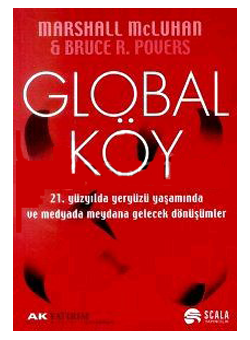




























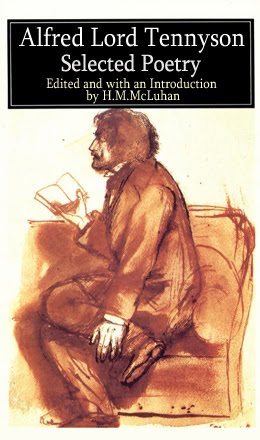

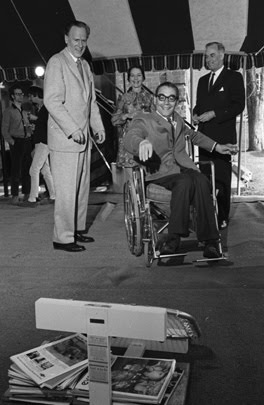




![PICNIC IN SPACE : The Great Minds of Our Time Film Series [1973]](https://blogger.googleusercontent.com/img/b/R29vZ2xl/AVvXsEjyov75DRIUBWcYLkzPYmupFy8CQ9dQ4Q798zDIN6jPNsSdBB_WuOcvPl4WjMAz10csG071oCO3BCUtIcKyHoIkCN0lCy0OxGCV_HrLXrGNKRpUiKMrqzkJh4LSc7jT_KrrqmClapSlVa8/s1600-r/PicnicInSpace.jpg)


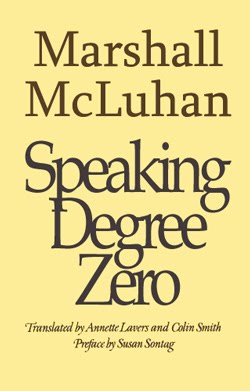






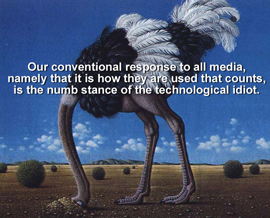


















![more Hidden ground [re:Bride] : the "flippancy" of tone seemed just "right"](https://blogger.googleusercontent.com/img/b/R29vZ2xl/AVvXsEg-hQyF9KGGhKYc73nUGmV1bStJ4fTJVh0-TL1ZtikLZEv5ppjhB3DOhFcVuzGq-kByrwtTAWgCcE173pA3UTIPe7h6xJjsPt7lRvNym007ZsdXenMDLNimKcwtaTOqkGleoxmXOeCKtxXL/s1600-r/LEAVISLEWIS.png)
















![BABA WAWA [TODAY SHOW, Toronto City Hall 1970]](https://blogger.googleusercontent.com/img/b/R29vZ2xl/AVvXsEjTZAIFkA07K36WGk951vmZnLPU99fOdNzlvVhyphenhyphenhKZEKu2n2AW5EA1CDZGaTk0aYRXUv7IOXG39igaikoE6SWm8j7QIG96wYRE54oBXwvlaNCJzp15vdkrcqR97IMMny-8sHjM-VDotTOaY/s1600-r/babaWawa.jpg)

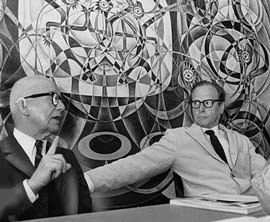

![enter the dragon : "typhon in america" [unpublished]](https://blogger.googleusercontent.com/img/b/R29vZ2xl/AVvXsEjdCnZdJ6JbaLc6hyUmUJo5UJ0m8WZSj_afYU9oRlHKIUgAIfcy2EPHNAptSRYEAmpOf0Xaa0B8iMgOTF302lY0Xmbyne0hvrdRyNo-t0Q-PPdzqX39uI3T5x5FppRPaQf9sSaXytrOpWVN/s1600-r/TIA.jpg)




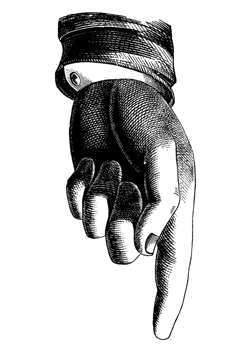






















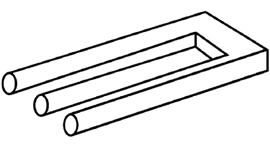









![Take Today [1972] : "the consumer becomes a producer..."](https://blogger.googleusercontent.com/img/b/R29vZ2xl/AVvXsEhA53bdVdTaXdQo1fDmrsI8oiAwF-3jampcanOq8uk3QMh8_ImkNsTiKd4-RnZY8Vbwqh1fymJiyCl1CSLcSonXHQM6XbnJYQi_Vu89gbAV4jVq73EtlbM3w6CthyphenhyphenV_pHEjE6eu_VhC489u/s1600-r/PROSUMER.jpg)








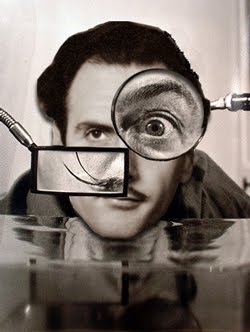















































































![" Outtragedy of poetscalds!, Acomedy of letters " [ FW 425.24]](https://blogger.googleusercontent.com/img/b/R29vZ2xl/AVvXsEhJMrJLN3oPUb25A2tjQtWZcZxA4wZB0IOvaIAvxosAUqlFc258HHvzvlnHHvKhKq7hG3epo76izY2Bu0HC3Cy-8S46Rf0Wni3L8j8jEfpT7sXK3UFlXBMtN2v2JdrmdxvWk8VWKjkhN4-9/s1600-r/preplexLP.png)











![mars[HAL]9000 : " Tomorrow is our permanent address."](https://blogger.googleusercontent.com/img/b/R29vZ2xl/AVvXsEhmblupqmUiuV3GbyayJiDRGEO63TEgwjHi-i8b0kVYDvXrKFWTCyl-e21la4QJXC4nDFDzx51Omi6fYPLJcqRHFoP6zSsL0CVZF98eMf6mxCE2WDfvMmT4q9G3X45-P0IYGDmliE0fCR3C/s1600-r/marsHAL9000_250.jpg)












































































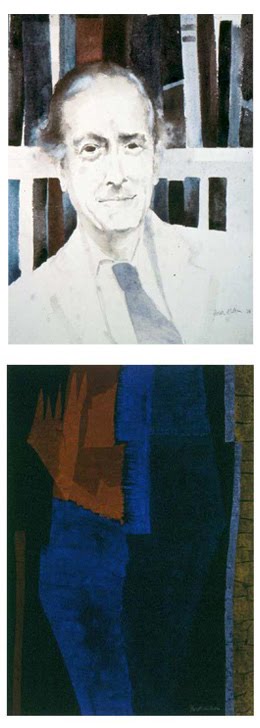















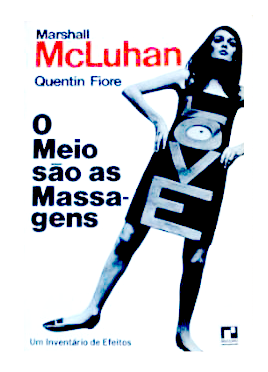



































































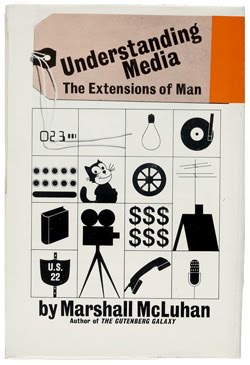









































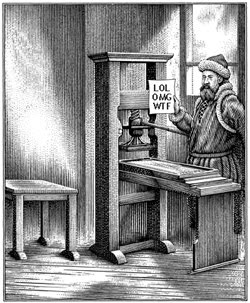








![Lucifer [from Latin] <br>meaning "light-bearer"](https://blogger.googleusercontent.com/img/b/R29vZ2xl/AVvXsEhq-2kZZOfh-Syv1Ewa0Ns2O6ZeP59pcsJp9ihhKcXCaovYZO_cKxffC5iSKOXFHr6E1jiHc6zedt1U6I95831RgpVdm3qk8-9C3y1yPyrCiQe4jgx-DsbeHnjKnw9t6Qx3ZM5TSYxiPj5H/s1600-r/lucifer.png)


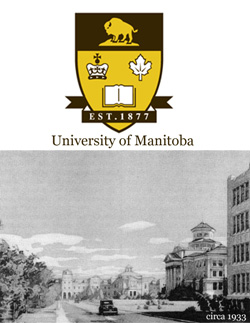










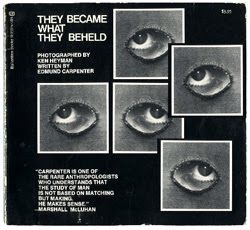






































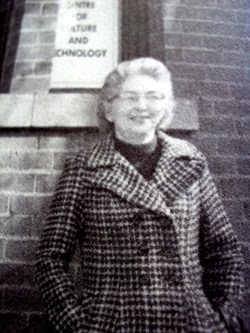
















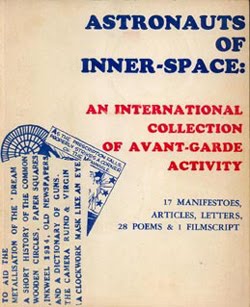












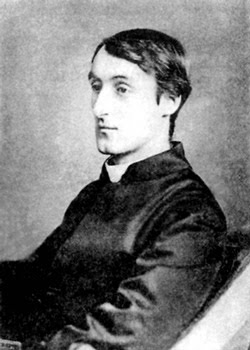


















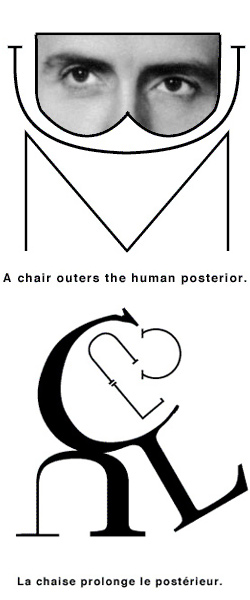






















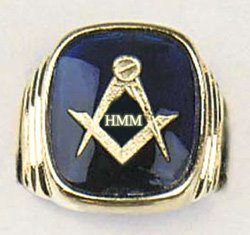















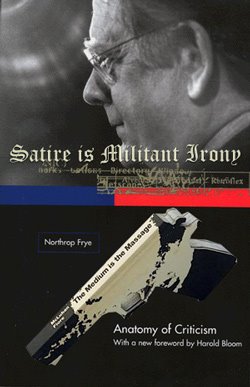
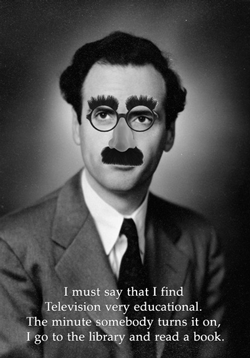






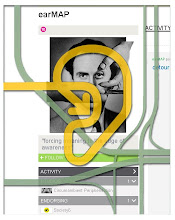















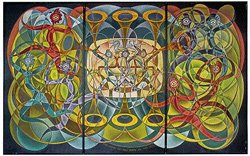










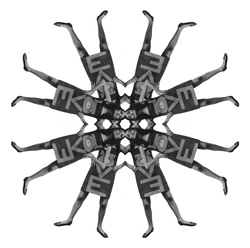



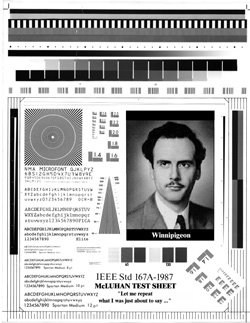

4 comments:
Lewis was an 'avant-garde' all by himself, the greatest pictorial draughtsman of his time, the most controversial prose stylist of our day.
- Marshall McLuhan
Lewis was a visionary for whom the most ordinary scenes became the means of intense seeing . . . In a way quite distinct from Eliot or Joyce, Lewis made the press and radio, movies and television modes of his vision.
- Marshall McLuhan
Yours is a more detailed overview of Vorticism than I've so far found online. Thanks.
But I'm dumbfounded: Wyndham "Lewis is our most important Modernist of the first half of the 20th Century"??? This assertion is wholly unbacked by art or literary history. It serves as a language model, especially for blog writers, of the unpondered, unauthorative, uninformed 'remark." It teaches the distinctions between opinion and knowledge, comment and criticism, shallow and deep study. To say that Lewis is our most important Modernist. . . is merely to say that "I,I,I like him."
In the first half of the 20th Century, the "most important Modernist[s]" by overwhelming consensus from conservatist academics to avante-garde-ists:
--in art, Picasso
--in film, Eisenstein
--in poetry, Pound
--in fiction, Joyce
--in music, Schoenberg
Although a fascinating figure, Lewis was a phenomenon of several years only, little more than a footnote to 2Oth Century Modernism. Had he not drawn to his movement Ezra Pound, Gaudier-Brzeska, and other artistic luminaries, it's quite possible that his coming and going would scarcely be remembered.
~Stanton Hager
>eccepuer
Thanks for your input into the "mosaic" ...
fyi :
I don't necessarily agree with everything I 'copy and paste' ...
your opinion, while interesting,
and with which I don't wholly disagree, does not really address 'the image making activity' going on here ... but no worries ...
... however you are quite correct to be skeptical about 'everything' presented here ... I am.
but I will say this ...
Lewis (and Vorticism ) is a 'hidden ground' for understanding McLuhan ... miss this ( and all the other 'Men of 1914') and you miss McLuhan ...
cheers !
Post a Comment